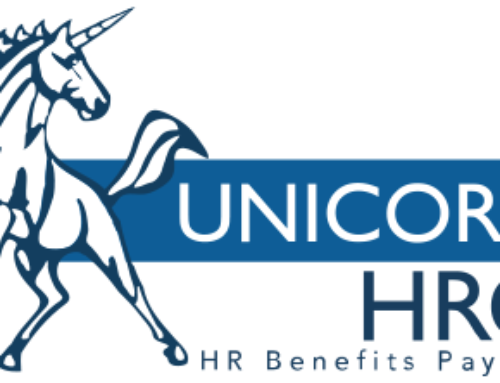The unemployment rate is defined as the percentage of workers who are not currently employed and are actively looking for a job. At today’s rate of 4.8 percent, job-hunters have the advantage of being in a buyer’s market. But what does this mean for employers?
Generally speaking, the competition to hire is intense; many segments of the economy are affected. Restaurants can’t find delivery drivers because they can make more money driving for Uber and Lyft; livestock processing facilities can’t reach full capacity because of the strong competition for skilled labor; retailers can’t find staff to fill seasonal or part-time jobs because full-time positions are readily available. Additionally, high turn-over is becoming an issue as baby boomers are retiring and current employees are quick to move on or give less notice when another opportunity presents itself.
In addressing the issue of retaining qualified staff, employers have had to become more creative in their offerings. For example, Williams Sonoma is offering work from home flexibility for some positions (i.e. customer service via online/video chat) while Walmart is offering extra hours to existing employees rather than hiring seasonal workers. Other initiatives have seen companies such as GE, L’Oreal and Cisco create senior management positions with the title of Director of Employee Experience to help ensure employees stay engaged, motivated and loyal.
Employers have also had to become more innovative in recruiting new employees and in particular millennials. Studies indicate millennials are looking for a career package that includes career mobility, diversity of responsibilities, a work/life balance and a culture that values social responsibility. These same requirements play sharply into holding on to employees since the best retention strategy is often a strong recruiting strategy. With that in mind, following are a few key points that make up a strong recruiting/retention strategy.
Culture / Policies
More and more, individuals want to work for a company that mirrors their values and needs. Providing health insurance, competitive compensation and a retirement-savings plan is essential in recruiting employees but it’s other soft incentives such as flextime or time off to volunteer that show potential employees the company is committed to accommodating their work/life balance.
All employees want real-time feedback to know how they are doing so they can improve along the way rather than waiting a year for a formal review. One good way to provide feedback opportunities is to assign a mentor to each new employee. It’s a policy that can provide a double benefit because not only do they learn from each other but as employees retire or move on, they are not simply taking their knowledge with them, they are passing it on. It’s a win-win for the company and the employee.
Recruit from Within
It is said that sideways is the new up in today’s employment landscape. Mobility opportunities that allow employees to move across different departments or even change their career path appeal to all generations. This helps employees stay engaged and grow their skills and, with talent management planning, helps the organization build competencies and future leaders organically, retain company culture and foster loyalty.
Training / Development
Whether it’s a new employee or an existing one, individuals are looking for education and tools that will help them both thrive in the organization and grow their skill sets. When this is combined with mobility opportunities, the stage is set for an enhanced experience that can integrate employees more fully into the company, improve teamwork and increase productivity.
HR Resources
HR has a pivotal role in recruiting and retaining employees, and their tasks can be made easier with the help of the right technology. New technology in the form of applicant tracking software (ATS) helps to streamline the recruiting process and provide richer insights into the candidates. Additionally, millennials are far more apt to use technology for job searches, so an organization that relies on paper-based applications and on-boarding would be seen as outdated and may be scratched from their list.
Recruiting and retaining top employees is vitally important to any business. Organizations with a solid strategy are more likely to succeed in matching the best people to the right jobs – and in keeping them on board.


